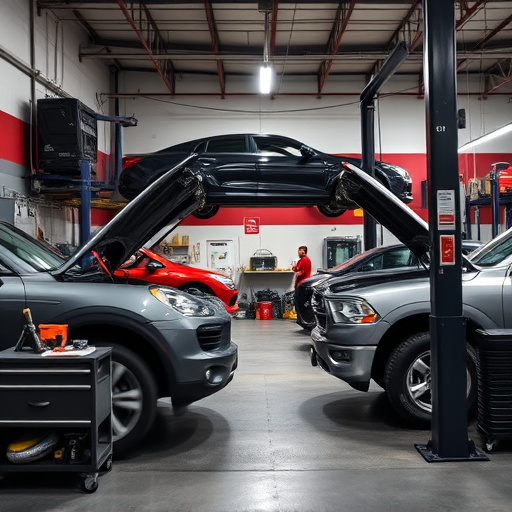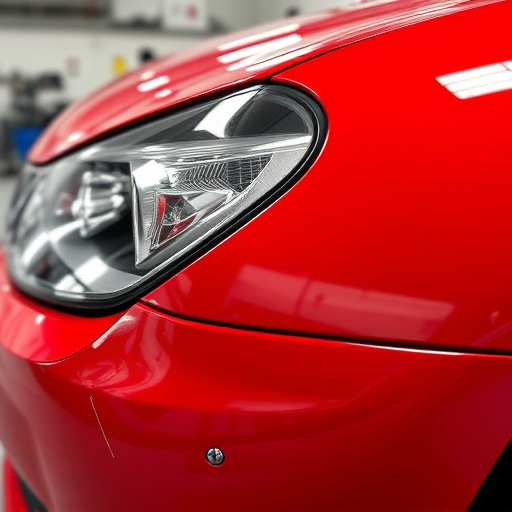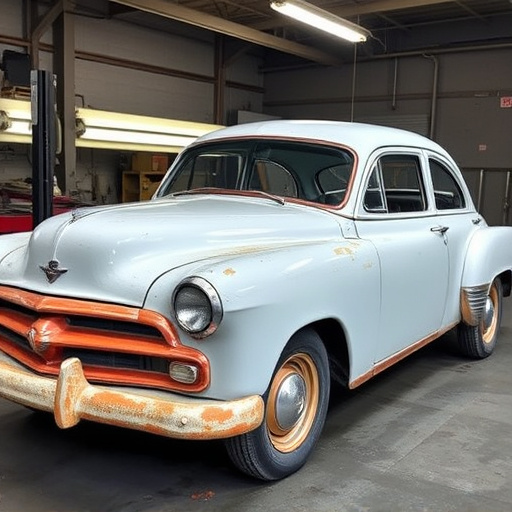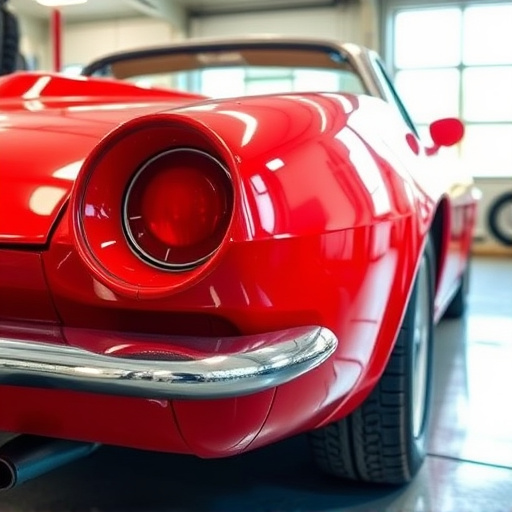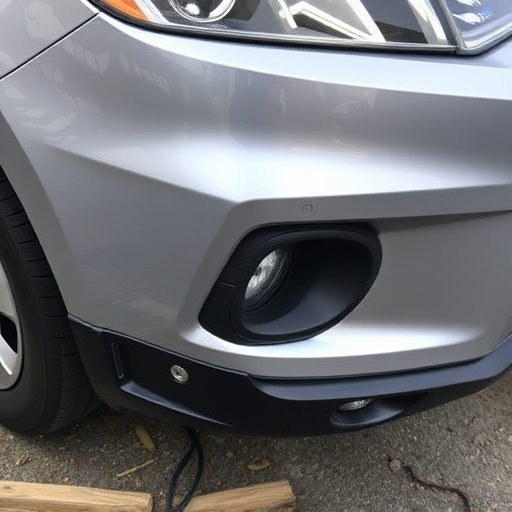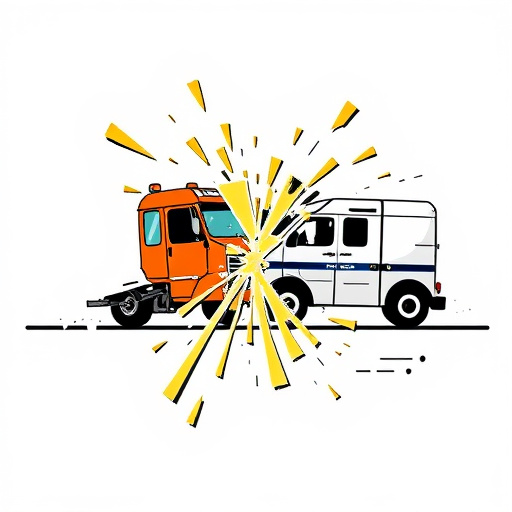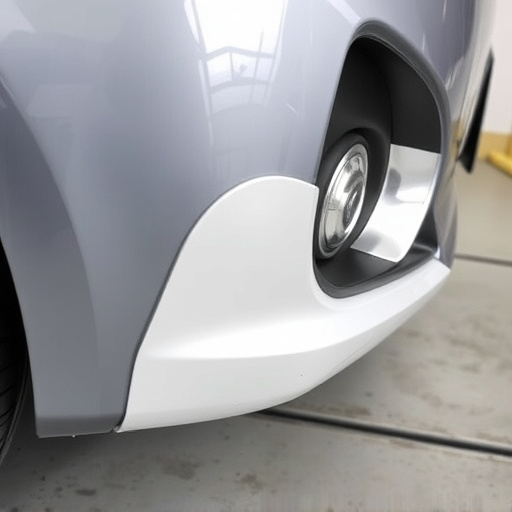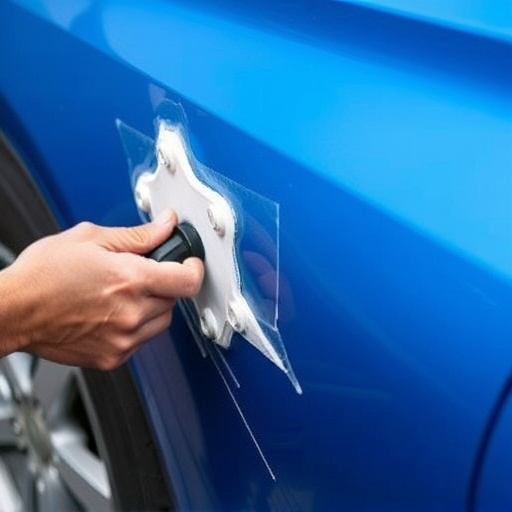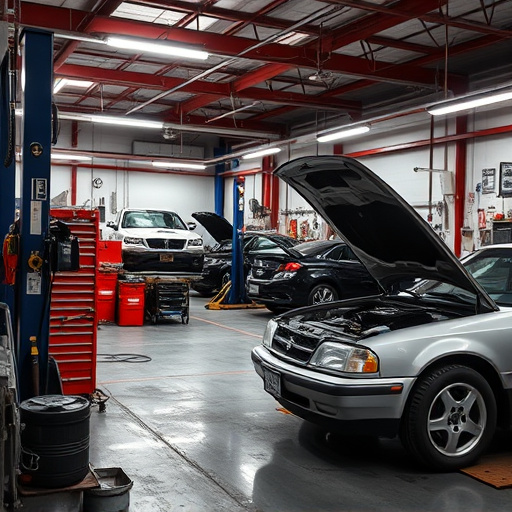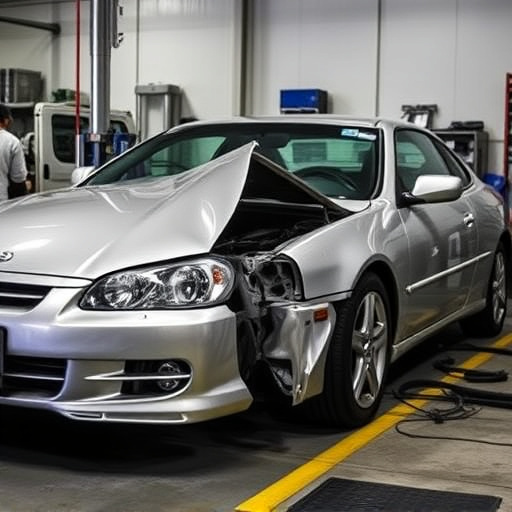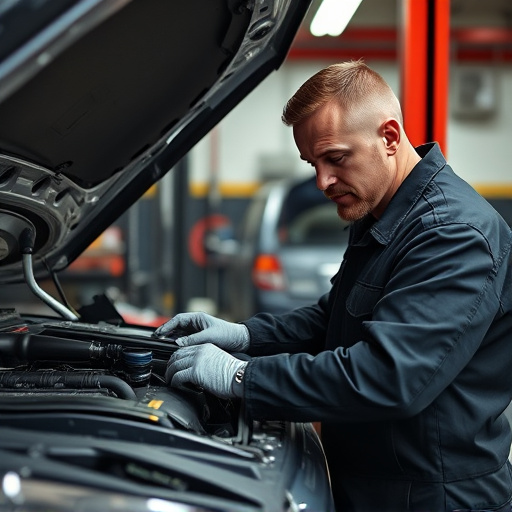Taillight repair replacement is crucial for vehicle safety and legal compliance, with regions setting specific standards for brightness, positioning, and types of bulbs. Non-compliance can lead to fines and legal issues. Regular maintenance, using certified parts, following manufacturer guidelines, and inspections are essential. After collisions, consult reputable collision centers for safe and legally compliant taillight repairs.
Taillight repair and replacement are not just essential for road safety, but also critical components of legal compliance. With strict regulations governing vehicle lighting worldwide, staying informed about standards is vital for drivers and fleet managers alike. This article delves into understanding these regulations, exploring how proper maintenance ensures adherence, and providing best practices for taillight repair replacement to avoid legal pitfalls. By following these guidelines, you can maintain your vehicles while remaining compliant with the law.
- Understanding Taillight Regulations and Standards
- The Role of Proper Repair and Replacement in Compliance
- Best Practices for Ensuring Legal Adherence During Taillight Maintenance
Understanding Taillight Regulations and Standards
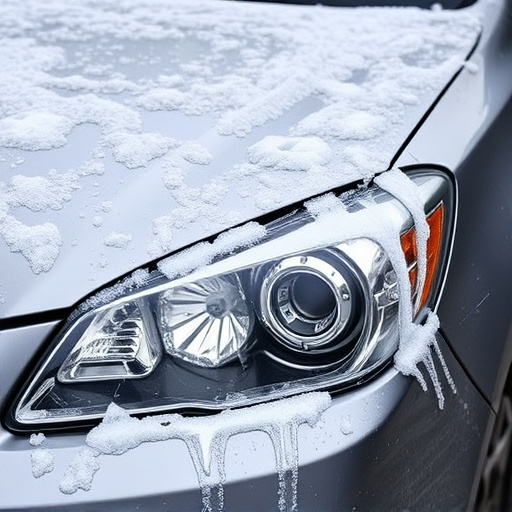
Understanding the regulations and standards surrounding taillight repair replacement is a critical aspect of vehicle maintenance and safety. Different regions have specific laws dictating when and how tail lights should be repaired or replaced, with the primary focus on enhancing road visibility and reducing accidents. These regulations often stipulate the type of bulbs allowed, the brightness requirements, and the placement of the lights to ensure optimal illumination during various weather conditions. Non-compliance can lead to legal repercussions for vehicle owners.
Taillight repair replacement is not just about fixing a broken light; it’s a crucial maintenance task that aligns with broader automotive repair standards. Properly maintained tail lights contribute to better nighttime driving conditions, enabling drivers to see and be seen on the road. This, in turn, supports safe driving practices and reduces the risk of collisions, making it an essential component of regular vehicle upkeep and legal compliance for all vehicles on the road.
The Role of Proper Repair and Replacement in Compliance
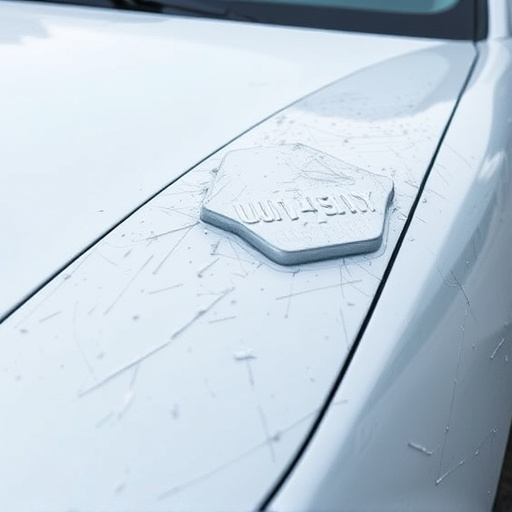
Proper taillight repair and replacement are essential aspects of maintaining legal compliance for vehicles. In many jurisdictions, vehicle lighting systems, including taillights, are subject to specific regulations regarding brightness, positioning, and overall functionality. Non-compliance with these standards can result in fines or legal consequences for vehicle owners. By ensuring that taillights are repaired or replaced correctly, individuals protect themselves from potential legal issues.
Regular maintenance of car damage repair, particularly the lighting systems, demonstrates a commitment to road safety. Automotive body shops offering tailight repair services contribute to the overall upkeep of vehicles, which is beneficial for both drivers and authorities. Auto body services that specialize in these repairs can provide expert knowledge and use high-quality parts to ensure compliance with local transportation laws, fostering a culture of safe and legal driving practices.
Best Practices for Ensuring Legal Adherence During Taillight Maintenance
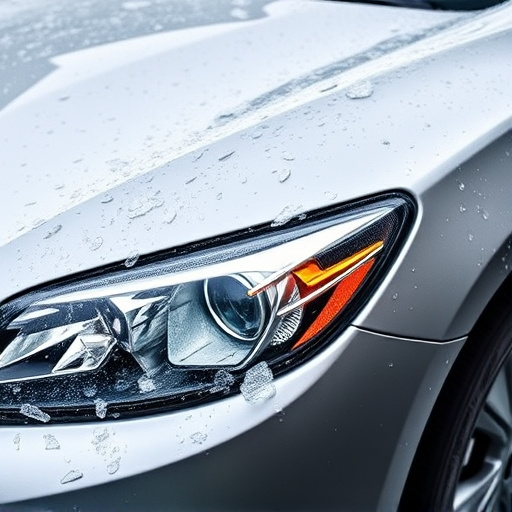
When conducting taillight repair replacement, adhering to legal requirements is paramount. Best practices involve using genuine or certified parts to ensure compatibility and safety standards are met. It’s crucial to refer to vehicle manufacturer guidelines for specific part recommendations and installation procedures. Keeping detailed records of all maintenance work, including dates, parts used, and labor costs, helps in case of future legal scrutiny.
Additionally, staying informed about local traffic laws and regulations related to lighting systems is essential. Regular inspections should be conducted to identify any faulty or damaged taillights promptly, preventing potential accidents. In the event of a collision, such as a fender bender, consulting with a reputable collision center that prioritizes both safety and legal compliance for all repairs, including taillight repair replacement, ensures your vehicle meets necessary standards and regulations.
Taillight repair and replacement are not just essential for road safety, but also crucial components of legal compliance. By understanding relevant regulations and standards, adhering to best practices during maintenance, and ensuring proper repairs or replacements, vehicle owners can navigate legal requirements effectively. Implementing these strategies helps maintain not only the functionality of taillights but also complies with governing laws, enhancing overall driving safety on our roads.

